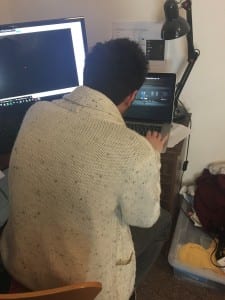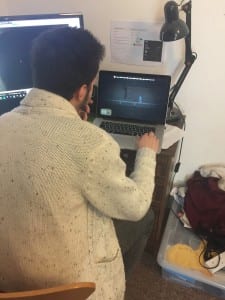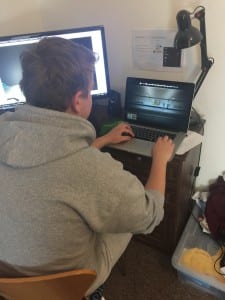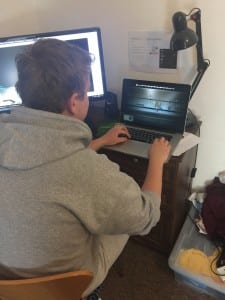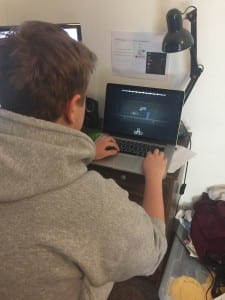Adamns, E. (2010) Fundamentals of Game Design. Berkely, CA: New Riders.
– Barman, C. (1979) The man who built London transport: A biography of frank pick. London, United Kingdom: David & Charles PLC.
– Garland, K. and Garl, K. (1994) Mr. Beck’s underground map. London, United Kingdom: Capital Transport Publishing.
– Green, O. (1999) Underground art in London: Transport posters – 1908 to the present. London: King, Laurence Publishing.
– https://tfl.gov.uk/tube-dlr-overground/status/
– http://content.tfl.gov.uk/design-style-guide.pdf
– http://content.tfl.gov.uk/lu-signs-manual.pdf
– http://content.tfl.gov.uk/station-design-idiom-2.pdf
– http://content.tfl.gov.uk/onl-std-081-brand-iconography- standard.pdf
Links to models used within the game:
– https://www.turbosquid.com/FullPreview/Index.cfm/ID/561379
– https://www.turbosquid.com/FullPreview/Index.cfm/ID/501607
– https://www.turbosquid.com/FullPreview/Index.cfm/ID/683306
– https://www.turbosquid.com/FullPreview/Index.cfm/ID/1082051
– https://www.turbosquid.com/FullPreview/Index.cfm/ID/1109715
– https://www.turbosquid.com/FullPreview/Index.cfm/ID/643098
– https://www.turbosquid.com/FullPreview/Index.cfm/ID/1028417
– https://www.turbosquid.com/FullPreview/Index.cfm/ID/464216
– https://www.turbosquid.com/FullPreview/Index.cfm/ID/495444
– https://www.turbosquid.com/FullPreview/Index.cfm/ID/759139
– https://www.turbosquid.com/FullPreview/Index.cfm/ID/1078567
– https://www.turbosquid.com/FullPreview/Index.cfm/ID/1127147
– https://www.turbosquid.com/FullPreview/Index.cfm/ID/975260
– https://www.turbosquid.com/FullPreview/Index.cfm/ID/522761
– https://www.turbosquid.com/FullPreview/Index.cfm/ID/333167
– https://www.turbosquid.com/FullPreview/Index.cfm/ID/764462
– https://www.turbosquid.com/FullPreview/Index.cfm/ID/769728
– https://www.turbosquid.com/FullPreview/Index.cfm/ID/312943
– https://www.turbosquid.com/FullPreview/Index.cfm/ID/336312
– https://www.turbosquid.com/FullPreview/Index.cfm/ID/1031168
– https://www.turbosquid.com/FullPreview/Index.cfm/ID/717693
– https://www.turbosquid.com/FullPreview/Index.cfm/ID/888912
– https://www.turbosquid.com/FullPreview/Index.cfm/ID/1109565
– https://www.turbosquid.com/FullPreview/Index.cfm/ID/688914
– https://www.turbosquid.com/FullPreview/Index.cfm/ID/877095
– https://www.turbosquid.com/FullPreview/Index.cfm/ID/476476
– https://www.turbosquid.com/FullPreview/Index.cfm/ID/1060547
– https://www.turbosquid.com/FullPreview/Index.cfm/ID/475725
– https://www.turbosquid.com/FullPreview/Index.cfm/ID/985393
– https://www.turbosquid.com/FullPreview/Index.cfm/ID/453828
– https://www.turbosquid.com/FullPreview/Index.cfm/ID/490335
– https://www.turbosquid.com/FullPreview/Index.cfm/ID/1105870
– https://www.turbosquid.com/FullPreview/Index.cfm/ID/937407
– https://www.turbosquid.com/FullPreview/Index.cfm/ID/369986
– https://www.turbosquid.com/FullPreview/Index.cfm/ID/499139
– https://www.turbosquid.com/FullPreview/Index.cfm/ID/965233
– https://www.turbosquid.com/FullPreview/Index.cfm/ID/1079985
– https://www.turbosquid.com/FullPreview/Index.cfm/ID/1016934
